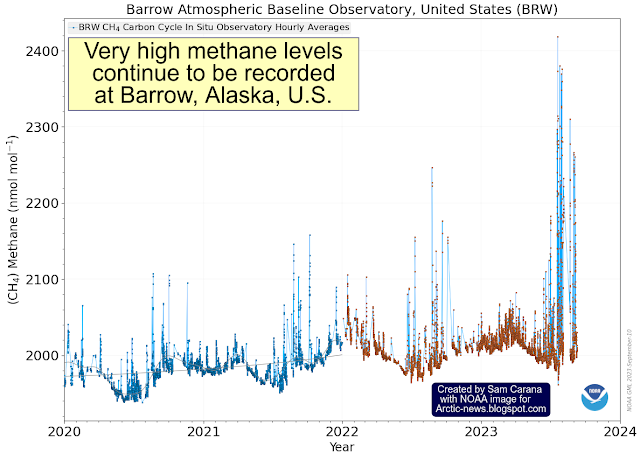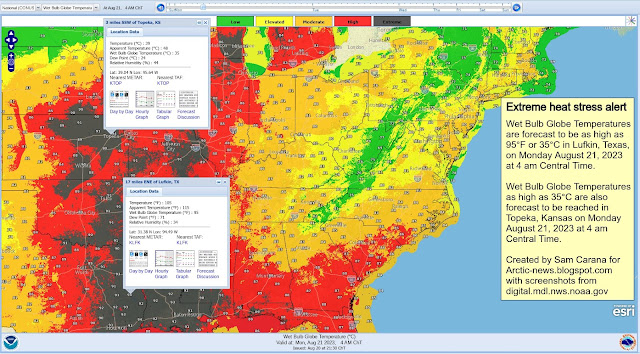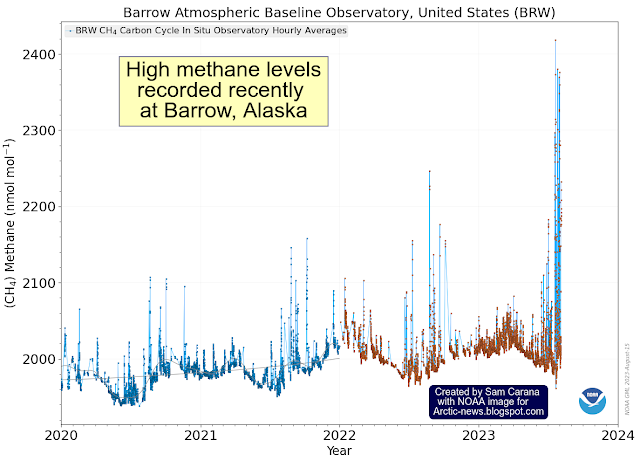by Andrew Glikson
As the emission of greenhouse gases continues, new fossil fuel projects are subsidized, global warming accelerates, bushfires and floods engulf the planet, climate science is ignored, climate change projections are kept away from the public eye, nations invest in killer submarines rather than water spraying aircraft and other fire-fighting equipment, politicians talk about clean coal, radioactive waters are spilled into the ocean, nuclear weapons are readied for a MAD scenario, the media reports sugar-coated semi or untruths, politicians routinely betray their original pledges and playboy billionaires fire rockets at space with plans to settle on Mars.
Inherent in the nature of insanity is the fact that those inflicted by it are unaware of their mental state, nor are crowds of people or for that matter political parties, and business elites, leading populations to catastrophe, from the scale of Jonestown all the way to Auschwitz and Berlin to Vietnam, Iraq and Afghanistan.Which has now reached a planet-wide scale. According to NASA former chief climate scientist James Hansen, the global temperature in the current El Niño is exceeding the previous El-Niño (2015-16) temperature rise rate of 0.18°C per decade, reflecting the current increase of the Earth Energy Imbalance (EEI) and accelerated heating. The change is in part due to reductions of the cooling effect of human-emitted aerosols (Figure 1).
 |
| Figure 1. Global temperature (relative to 1880-1920 mean for each month) during the El Niño origin year for the 1997-98, 2015-16 and 2023-24 El Niños. The impact of El Niño on global temperature usually peaks early in the year following the year when the El Niño originated. Hansen et al., 2023. |
Despite consequent acidification of the oceans, atmospheric geoengineering using sulphur aerosols, reflecting solar radiation, is touted as a last defence from extreme temperature rise. To date, no effective method has been applied to a drawdown of greenhouse gases on a scale required to compensate for the emissions and rise in atmospheric CO₂ (Figure 2).
 |
| Figure 2. Source: https://ourworldindata.org/fossil-fuels#global-fossil-fuel-consumption |
Energy-related greenhouse gas emissions have started to grow again, following minor Covid lockdown-related reductions in 2020 (Figure 3).
 |
| Figure 3. Global energy-related greenhouse gas emissions 2000-2022, adapted from EIA. |
 |
| Figure 4. (a) Model surface air temperature (°C) change in 2055–2060 relative to 1880–1920 for modified forcings representint the rise of temperatures in the tropics and decline in subpolar latitudes. (b) Surface air temperature (°C) relative to 1880-1920 for several ice melt scenarios, representing stadial (cooling) episodes related to the effects of ice melt (Hansen et al., 2016) and associated changes. |
Is there a way out for humanity and much of nature?
If the multiple $trillions spent by Sapiens on the military and war were directed to environmental defence, including drawdown of atmospheric greenhouse gases, the possibility exists?
A/Prof. Andrew Y Glikson
Earth and Paleo-climate scientist
Books:
The Asteroid Impact Connection of Planetary Evolution
https://www.springer.com/gp/book/9789400763272
The Archaean: Geological and Geochemical Windows into the Early Earth
https://www.springer.com/gp/book/9783319079073
The Plutocene: Blueprints for a Post-Anthropocene Greenhouse Earth
https://www.springer.com/gp/book/9783319572369
The Event Horizon: Homo Prometheus and the Climate Catastrophe
https://www.springer.com/gp/book/9783030547332
Climate, Fire and Human Evolution: The Deep Time Dimensions of the Anthropocene
https://www.springer.com/gp/book/9783319225111
Evolution of the Atmosphere, Fire and the Anthropocene Climate Event Horizon
https://www.springer.com/gp/book/9789400773318
From Stars to Brains: Milestones in the Planetary Evolution of Life and Intelligence
https://www.springer.com/us/book/9783030106027
Asteroids Impacts, Crustal Evolution and Related Mineral Systems with Special Reference to Australia
https://www.springer.com/us/book/9783319745442
The Fatal Species: From Warlike Primates to Planetary Mass Extinction
https://www.springer.com/gp/book/9783030754679
The Trials of Gaia. Milestones in the evolution of Earth with reference to the Antropocene
https://www.amazon.com.au/Trials-Gaia-Milestones-Evolution-Anthropocene/dp/3031237080
















.svg.png)




















